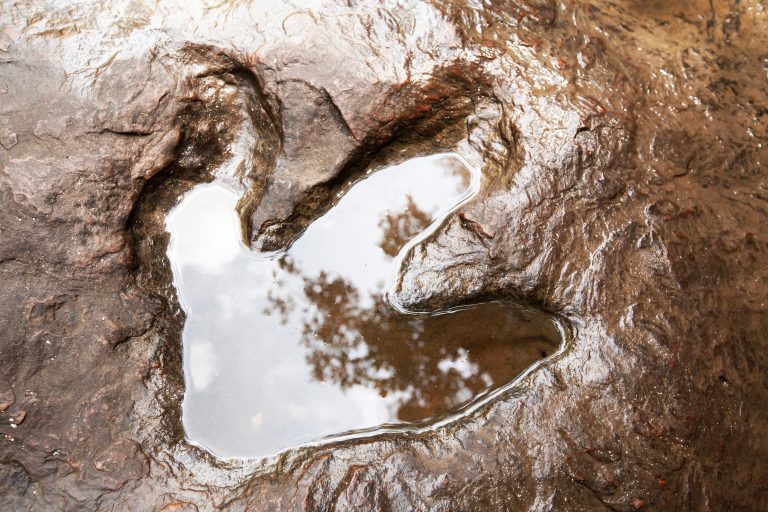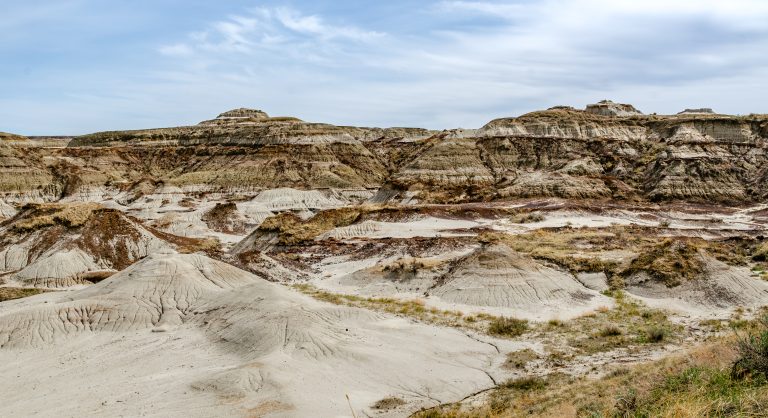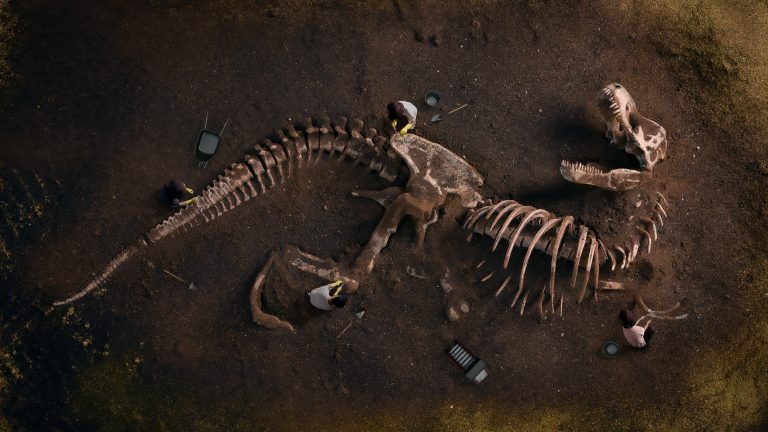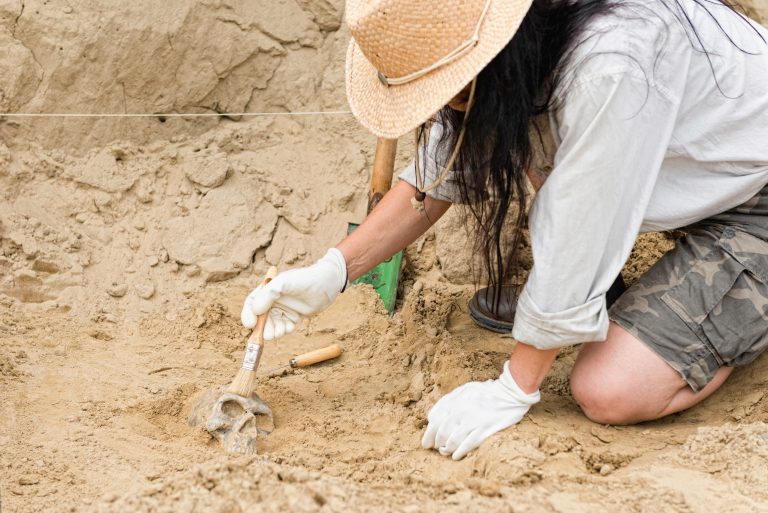10 Paleontology Lessons Shaping Our Future

As we comb through the sands of time, paleontology offers us more than just a glimpse into the ancient past; it provides vital lessons that can shape our future. From unearthing the bones of long-gone creatures to decoding their DNA, let’s dig into how these discoveries impact our world today.
1. Unveiling Past Extinctions

Uncovering the details of past extinctions isn’t just about piecing together a dramatic history; it’s a wake-up call. As we study the fossil record, it’s clear that life on Earth has always been a precarious affair. Take the end-Permian extinction, for example, where over 90% of marine species vanished.
It’s a stark reminder of how vulnerable life can be. But here’s the kicker: by understanding what triggered these ancient cataclysms (think massive volcanic eruptions or asteroid impacts), we’re better equipped to spot similar patterns today. And while we’re not expecting a dinosaur-killing asteroid anytime soon, these lessons teach us to respect our planet’s limits.
2. Climate Change Insights
As someone who’s trekked across ancient seabeds now perched atop mountains, I can tell you firsthand that climate change isn’t a new phenomenon. Delving into the deep past, we find evidence of ice ages and hothouse periods that reshaped ecosystems. By examining these climate swings, we gain perspective on our current situation.
Hey hey! Don’t forget to subscribe to get our best content 🙂
Sure, today’s climate change is human-accelerated, but ancient records (like those in ice cores and tree rings) reveal how Earth’s systems respond to such shifts. This knowledge is crucial, as it helps us predict the impacts of our actions and strive for a future where we work with, not against, our planet’s climate.
3. Evolutionary Biology Clues

Ever wondered how a tiny shrew-like creature could evolve into the diverse array of mammals we see today? Thanks to fossils, we get a front-row seat to evolution’s grand show. Understanding the evolutionary steps that led to modern animals (including us humans) sheds light on how life adapts and survives.
It’s like having a roadmap of life’s successes and failures, which can be incredibly useful in preserving endangered species. Plus, these insights help us grasp the concept of “deep time” – the vast scale on which evolution operates – reminding us that change may be slow, but it’s inevitable.
4. Biodiversity Through Time
Picture this: a time when Earth was teeming with creatures so bizarre, that they’d give today’s sci-fi monsters a run for their money. The fossil record is a testament to the incredible biodiversity of our planet’s past.
By studying these ancient ecosystems, we learn how biodiversity can create resilience against environmental changes. It’s a lesson in the importance of conserving our planet’s varied life forms. After all, who knows what secrets to survival are lurking in the genes of the most obscure creatures?
5. The Role of Paleogenetics
Now, I’m no geneticist, but I can’t help but marvel at the power of paleogenetics. Extracting DNA from ancient bones (think woolly mammoths or even Neanderthals) is like cracking open nature’s time capsules.
This field not only allows us to reconstruct ancient genomes but also to understand the genetic basis for adaptations. It’s a game-changer for conservation, as we can potentially revive genetic diversity that’s been lost in modern populations. It’s a bit like having a genetic backup drive for endangered species!
6. Plate Tectonics & Life
The dance of the continents has been more than just a geological waltz; it’s been a driving force in the evolution and distribution of life. When I stood on the rift valleys of East Africa, I was standing where our very own species may have taken its first steps.
The movement of tectonic plates shapes climates, creates mountains, and isolates populations, leading to new species. Understanding this interplay is crucial, as it reminds us that our planet is always changing, and life must adapt or face extinction.
7. Ecosystem Recovery Patterns

After every cataclysm, life has found a way to bounce back, but it’s never immediate. Studying the recovery patterns of ancient ecosystems after mass extinctions reveals the resilience and fragility of life.
For example, the rebound after the dinosaur-killing event took millions of years and saw the rise of mammals. This tells us that while Earth’s life-support systems can recover, they need time. It’s a poignant reminder that we should give our current ecosystems the breathing room they need to heal from our impacts.
8. Mass Extinction Predictors
Let’s face it, the signs of a mass extinction event are kind of a big deal. By looking at the past, we can identify the red flags that preceded such events. These include rapid climate shifts, ocean acidification, and biodiversity loss – all of which sound uncomfortably familiar today.
The good news? We have the chance to change our trajectory and avoid repeating history’s darker chapters. It’s about recognizing the warning signs and acting decisively.
9. Conservation Strategies
The fossil record isn’t just a history book; it’s a guidebook for survival. Ancient extinctions show us what happens when ecosystems lose their keystone species. In turn, this informs our conservation strategies, emphasizing the need to protect the species that hold ecosystems together.
It’s about learning from the past to keep our natural world robust. And let’s not forget, preserving habitats isn’t just good for wildlife; it’s crucial for us humans too (after all, we’re part of the web of life).
10. Future of Humanity & Fauna
As a species, we’re just a blip in the grand timeline of Earth, yet our impact is undeniable. Paleontology shows us that while no species lasts forever, the legacy of biodiversity can endure. By understanding how past life forms thrived or failed, we can chart a course for a sustainable future.
It’s about taking the long view and realizing that our actions today write the fossil record of tomorrow. Let’s make it a chapter filled with thriving life, not a cautionary tale of loss.
In the grand story of Earth, each fossil is a sentence, and each layer of rock a page. As we turn these ancient pages, the lessons we learn aren’t just fascinating footnotes to history; they’re the guiding principles for a future where both humanity and the rich tapestry of life can flourish together.





